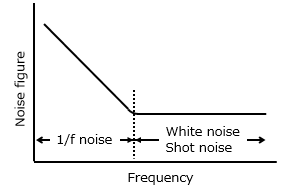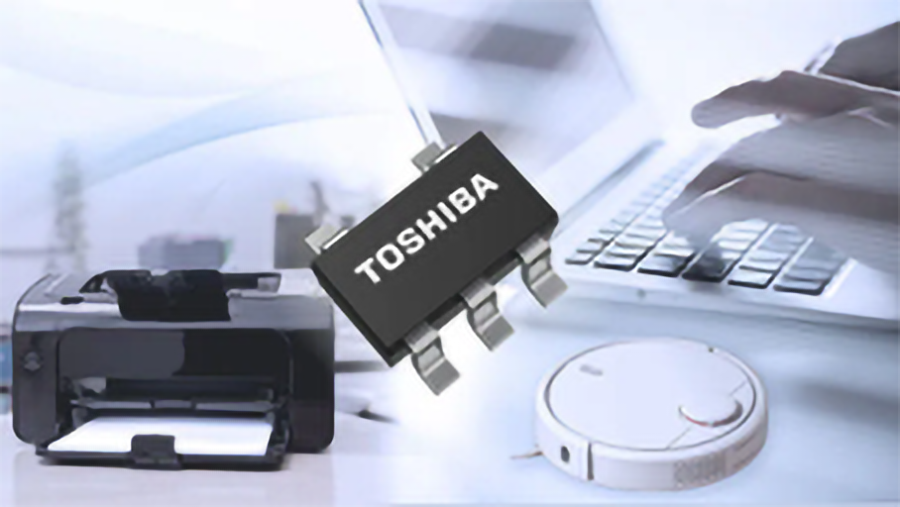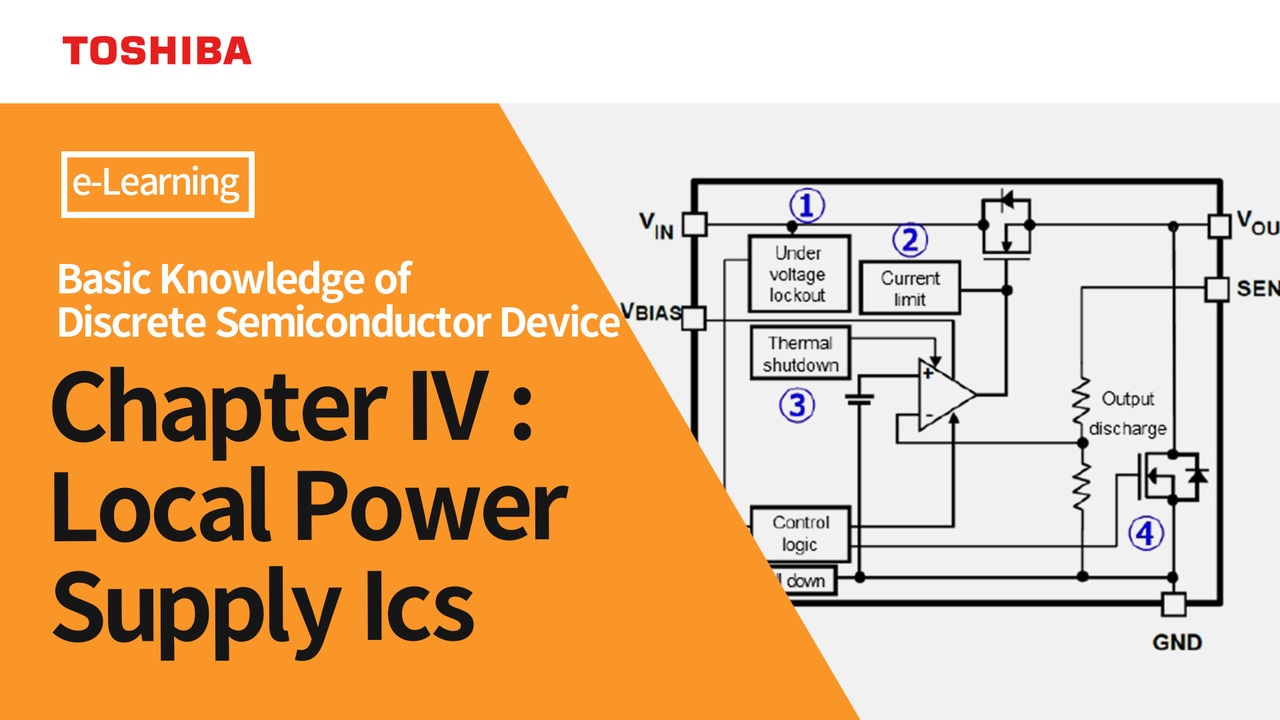- General Top
- SEMICONDUCTOR
- STORAGE
- COMPANY
-
My ToshibaSemicon
- Semiconductor Top
-
ApplicationsAutomotive
Body Electronics
xEV
In-Vehicle Infotainment
Advanced Driver-Assistance Systems (ADAS)
Chassis
IndustrialInfrastructure
BEMS/HEMS
Factory Automation
Commercial Equipment
Consumer/PersonalIoT Equipment
Healthcare
Wearable Device
Mobile
Computer Peripherals
-
ProductsAutomotive Devices
Discrete Semiconductor
Diodes
Transistors
Logic ICs
Analog Devices
Digital Devices
Wireless Devices
※
: Products list (parametric search)
Power SemiconductorsSiC Power Devices
※
: Products list (parametric search)
Isolators/Solid State RelaysPhotocouplers
Digital Isolators
Solid State Relays
Fiber Optic Transmitting Modules
※
: Products list (parametric search)
MOSFETsIGBTs/IEGTsBipolar Transistors※
: Products list (parametric search)
Diodes※
: Products list (parametric search)
MicrocontrollersMotor Driver ICsIntelligent Power ICs※
: Products list (parametric search)
Power Management ICsLinear ICs※
: Products list (parametric search)
General Purpose Logic ICsLinear Image SensorsOther Product ICsOther Product ICs
※
: Products list (parametric search)
-
Design & Development
-
Knowledge
- Where To Buy
- Part Number & Keyword Search
- Cross Reference Search
- Parametric Search
- Stock Check & Purchase
This webpage doesn't work with Internet Explorer. Please use the latest version of Google Chrome, Microsoft Edge, Mozilla Firefox or Safari.
require 3 characters or more. Search for multiple part numbers fromhere.
The information presented in this cross reference is based on TOSHIBA's selection criteria and should be treated as a suggestion only. Please carefully review the latest versions of all relevant information on the TOSHIBA products, including without limitation data sheets and validate all operating parameters of the TOSHIBA products to ensure that the suggested TOSHIBA products are truly compatible with your design and application.Please note that this cross reference is based on TOSHIBA's estimate of compatibility with other manufacturers' products, based on other manufacturers' published data, at the time the data was collected.TOSHIBA is not responsible for any incorrect or incomplete information. Information is subject to change at any time without notice.
require 3 characters or more.
A small noise is superimposed on the output voltage of an LDO. What can I do to reduce the noise?
For noise-sensitive loads such as analog circuits and IC power supplies, use an LDO with low output noise voltage (VNO) and a high ripple rejection ratio (R.R.). The sources of noise that appear at the output of an LDO can be broadly divided into two categories. One is the inherent noise generated within an LDO, which includes:
- 1/f noise:
Also called flicker noise or pink noise, 1/f noise is considered to be caused by defects on the semiconductor surface, etc. It is called 1/f noise because the noise level is inversely proportional to frequency.
- Popcorn noise:
Also called burst noise, popcorn noise is considered to be caused by lattice defects in semiconductor, etc. It is called popcorn noise because it produces an acoustic noise that sounds like popping popcorn when it enters an audio speaker. Popcorn noise has considerable adverse effects on applications that are very sensitive to noise such as CMOS sensors.
- White noise:
Also called thermal noise, white noise is caused by the thermal motion of electrons. It is not dependent on frequency. The white noise voltage is expressed as:

- Shot noise:
Shot noise occurs whenever carriers cross the potential barrier of a p-n junction. It is generated because the resulting current flow is discontinuous. As is the case with white noise, shot noise is not dependent on frequency, and is expressed as:


The other type of noise source is the ripple noise superimposed on the input voltage (supply voltage) of an LDO. Although an LDO internally suppresses ripple noise, some ripple still appears at the output. The ability of an LDO to suppress ripple in the input voltage to its output is called the power supply rejection ratio (PSRR) or the ripple rejection ratio (R.R.). Regarding ripple rejection ratio, also see the section “How can a low-noise power supply be created using an LDO regulator?” in the Frequently Asked Questions (FAQs) page on our website.
Related Links
The following documents also contain related information.




